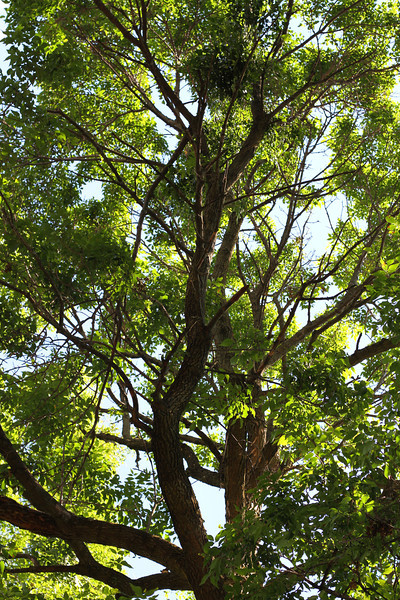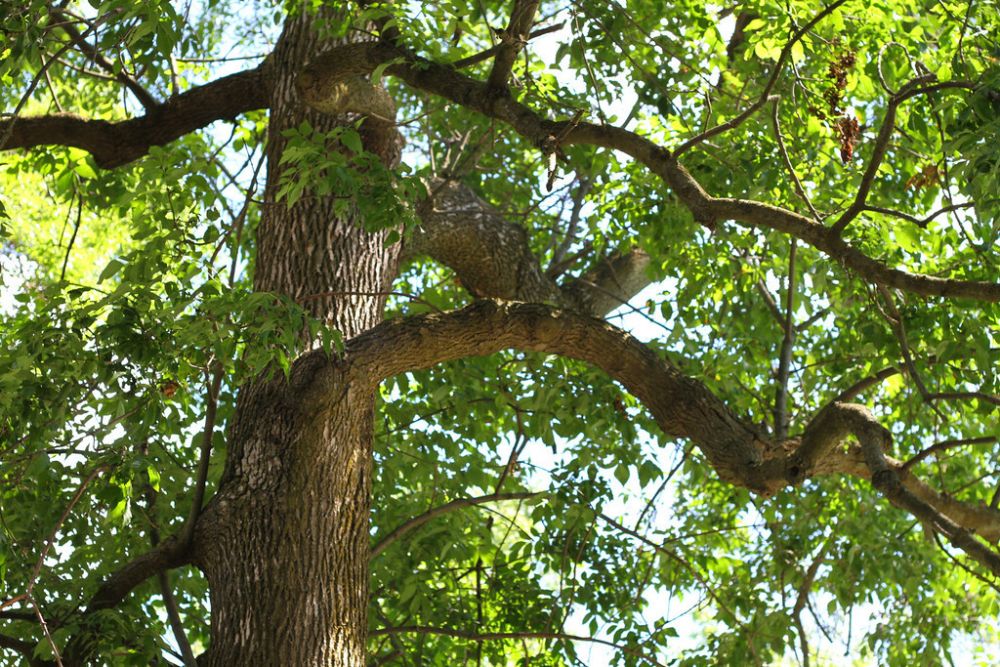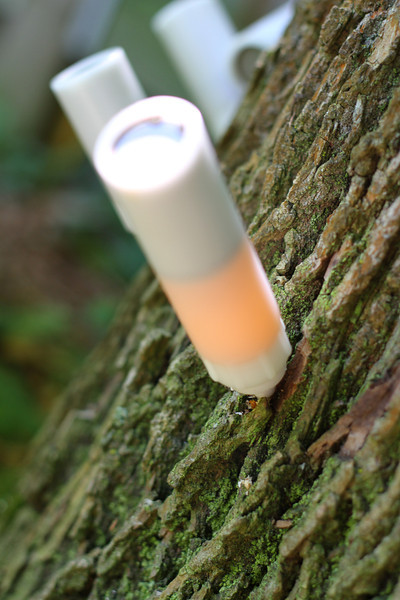We soon found out about the Emerald Ash Borer and realized there was a very real possibility that we could lose all of these in a few seasons. Initially we were distressed. But as we learned more about the threat, it seemed we might not be so helpless after all.

First, we planted through LEAF’s backyard tree planting program - ensuring that new trees were there to eventually take the place of the ash. We also attended information sessions by LEAF that led us to consider having our trees inoculated against the EAB.
Initially we were sceptical. The cost seemed high, and treatment would not guarantee our trees would survive. However, the more we considered our options, the more we were compelled to try.
Do nothing, and the trees were doomed. In as little as two years we could be faced with the cost of removing five large trees. And worse, EAB can leave ash structurally unsound posing a safety risk - and more costly removal. Do something, and we might extend the life of of these trees. With treatment we would spread out removal costs and buy time for our new trees to grow. Although TreeAzin must be reapplied every two years, it still seemed more appealing than giving up.

We wanted to save the trees if possible - we loved their cooling shade in the summer. More pragmatically, we knew our property value was part of the equation as well.
The manufacturer of TreeAzin lists licensed applicators, so we began making phone calls and decided on Forest Glenn Tree Care.
Cost is based on the diameter of the tree, so Forest Glenn visited us in the spring to take measurements and prepare a written quote. Once we chose to proceed we were eager. But with TreeAzin there is a window in the early summer that must be met for optimal results. Eventually we got the call: the trees would be treated the next day. A good watering of each tree was recommended. This would ensure flow was moving through the trees, which would help draw the insecticide up.
Glenn, the arborist, began by drilling small holes around the base of each tree. In each hole a small nozzle is tapped. Attached to each nozzle is a pressurized capsule filled with the orange liquid. It looked like the reverse of tapping maple trees for syrup. According to Glenn, the liquid is often drawn up quickly, but on this day it took several hours for the trees to take the full dose. We created a short video documenting our experience.

Some of our neighbours dropped by to ask questions. One had already treated a few trees in their yard. Another decided on the spot to treat the ash on their property and Glenn was happy to look into it right away.
It's nice to know our street is acting to save the canopy. Now we wait. Our decision may be a bit of a gamble, but for us it was one worth the risk.
Holly Pagnacco and Husband Chris live in the Guildwood neighbourhood in eastern Toronto. It holds the highest concentration of ash trees in the city. First introduced to LEAF on the EAB Tree Tour, the pair has been volunteering and educating their community about EAB ever since.
